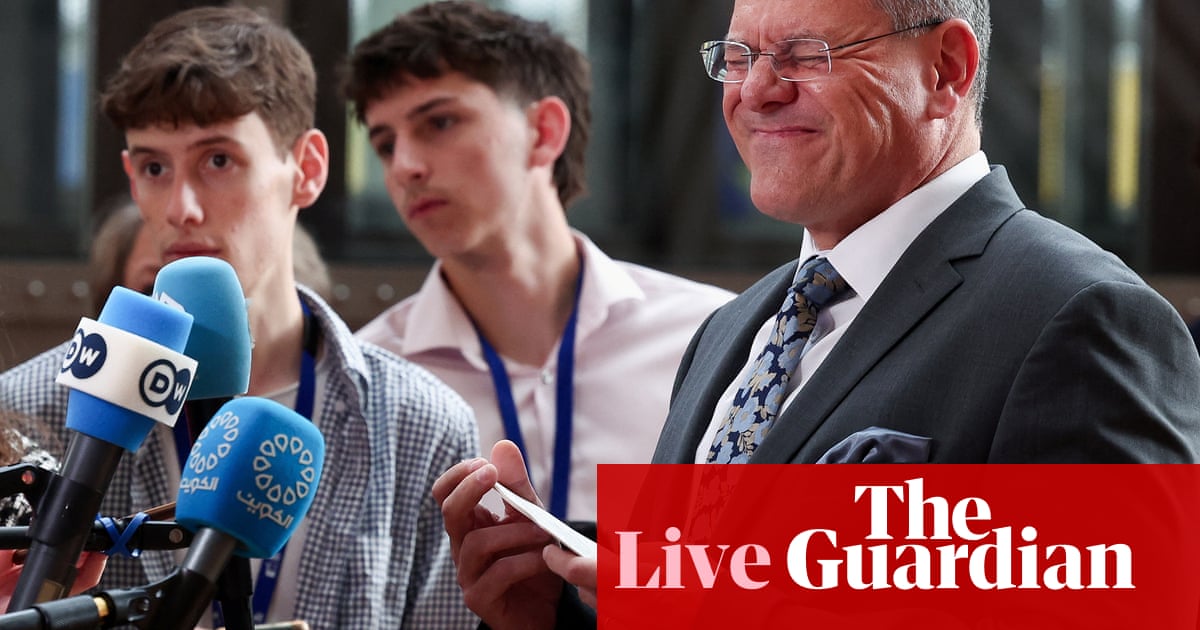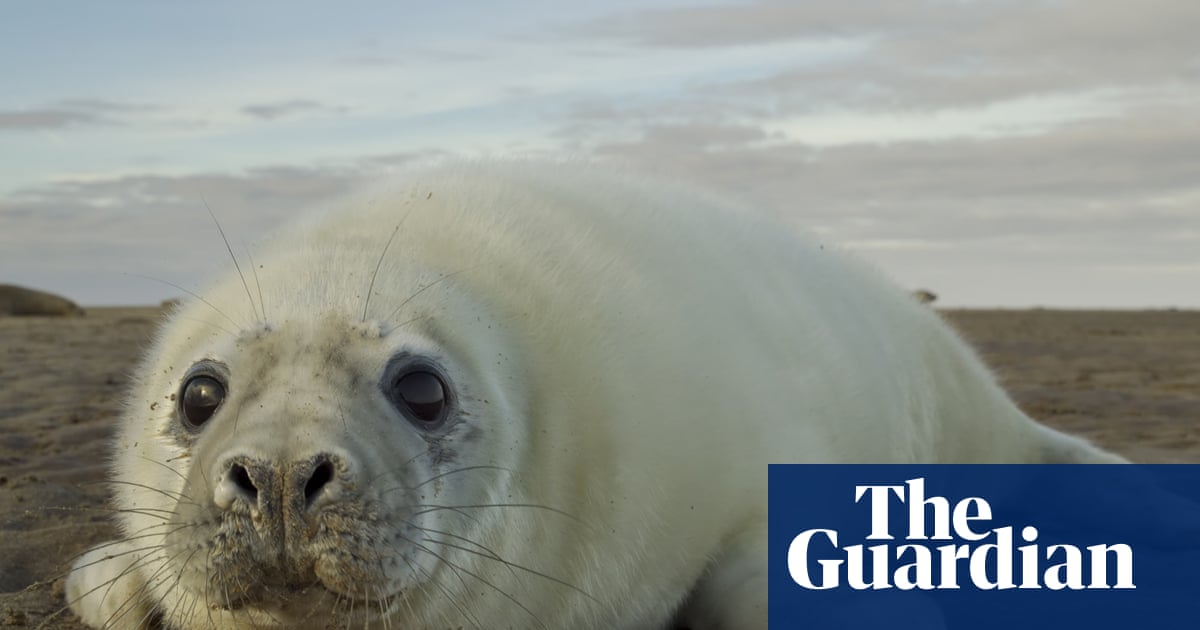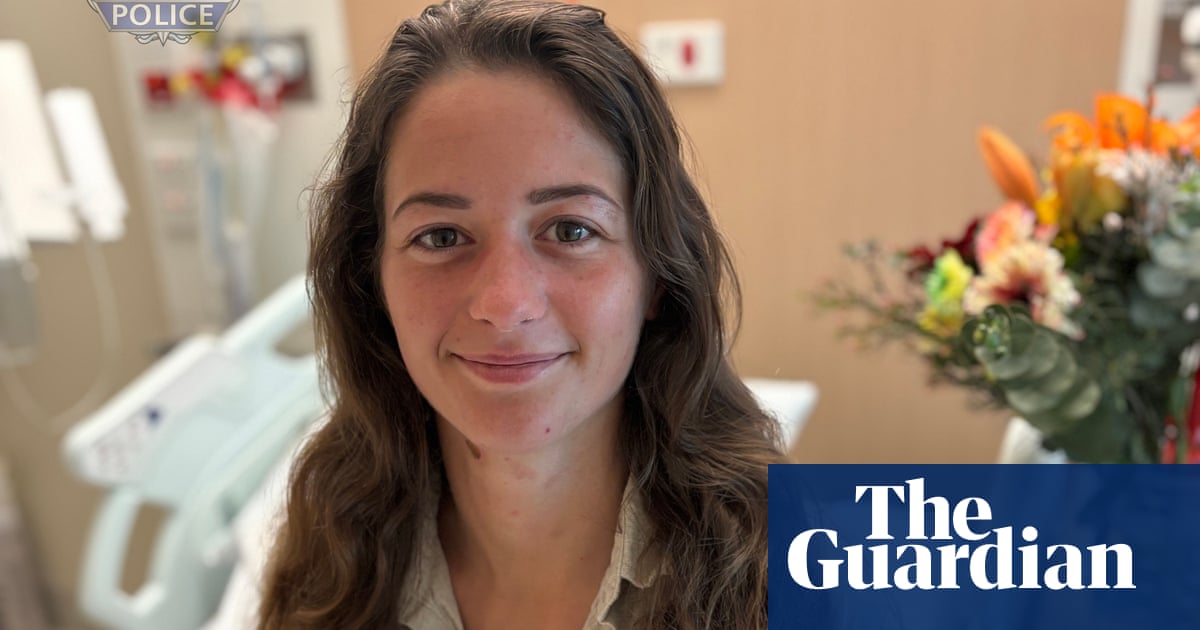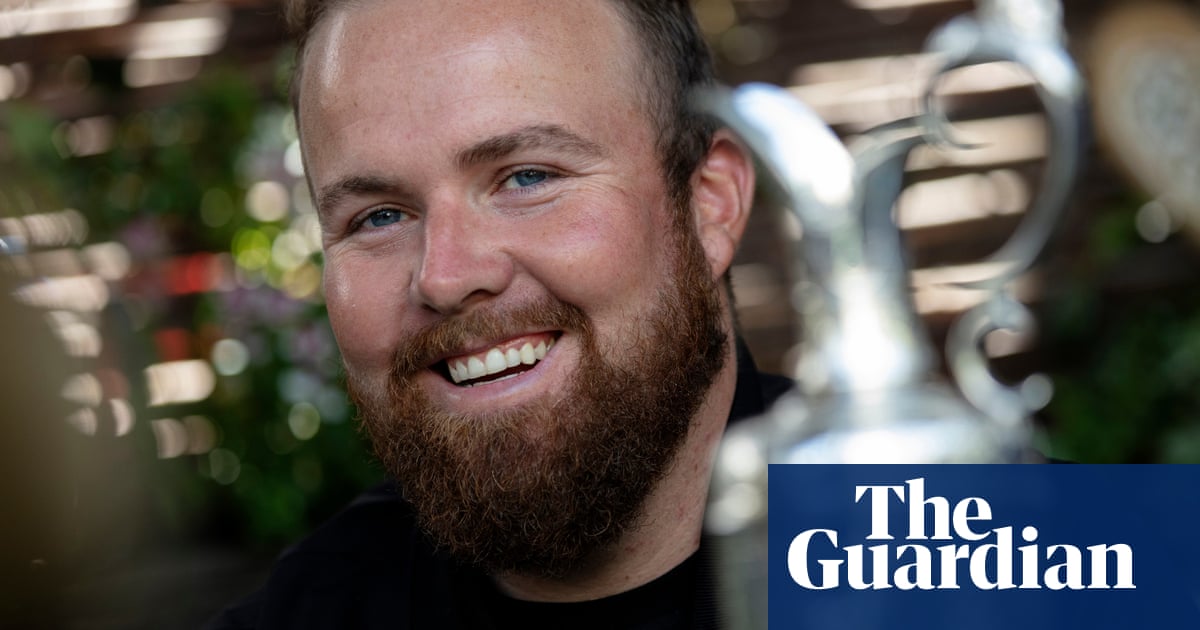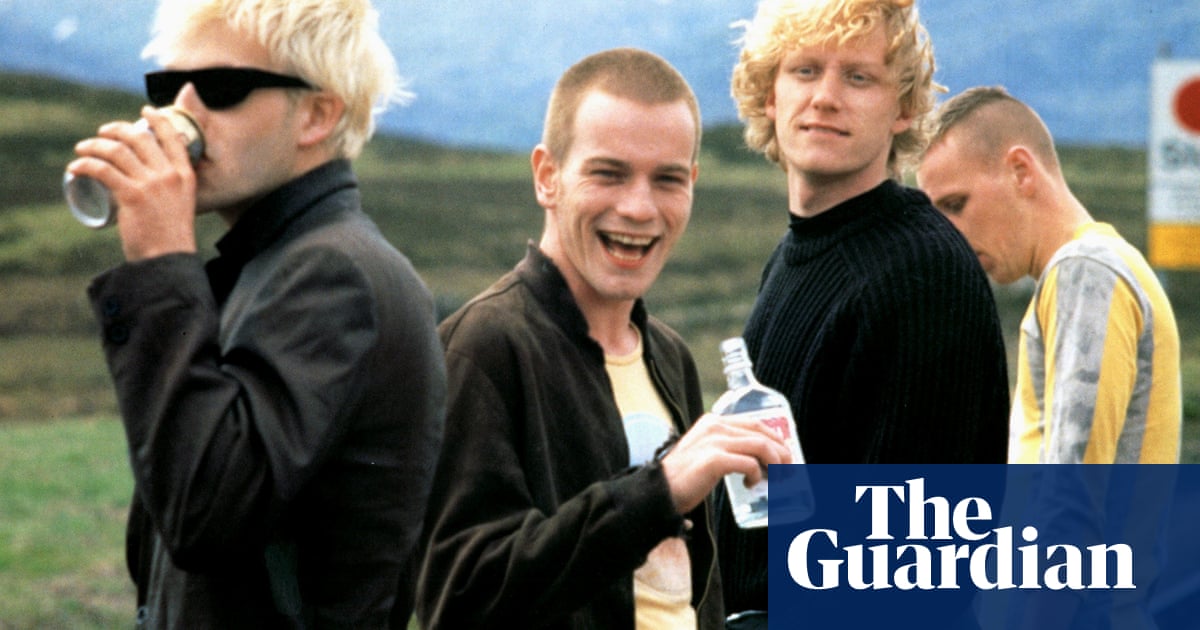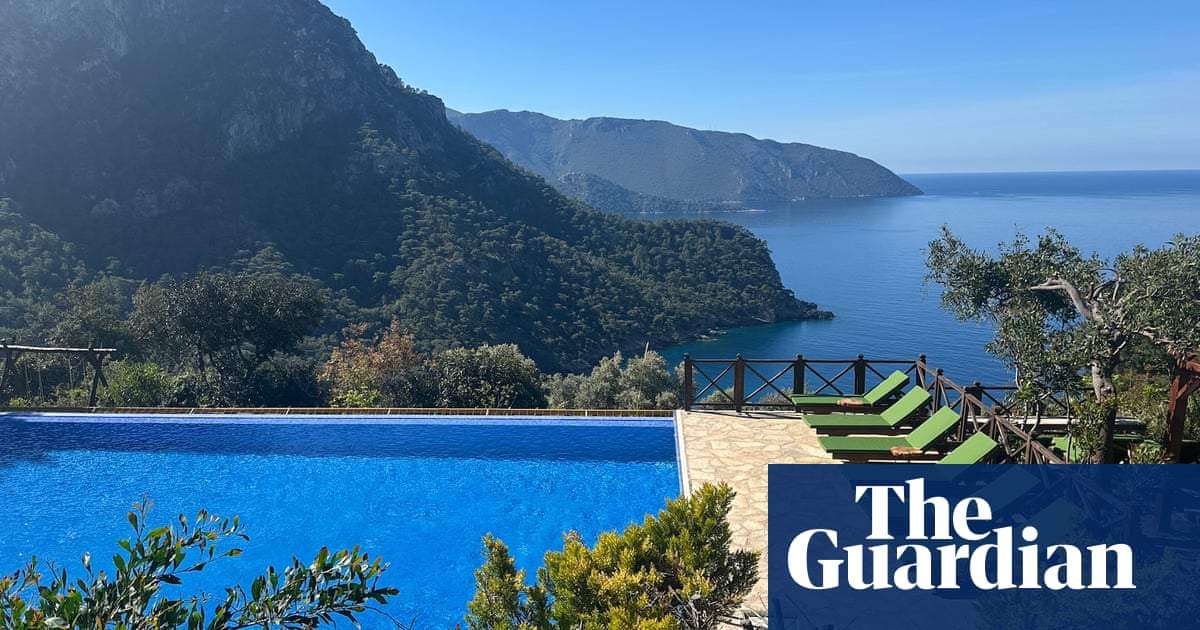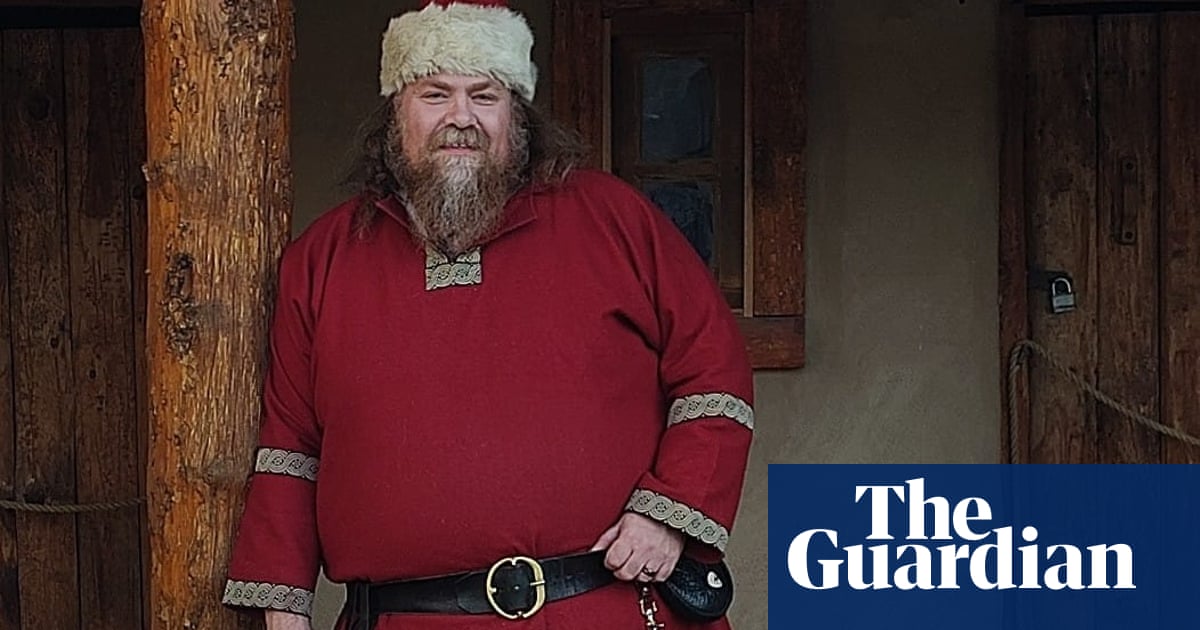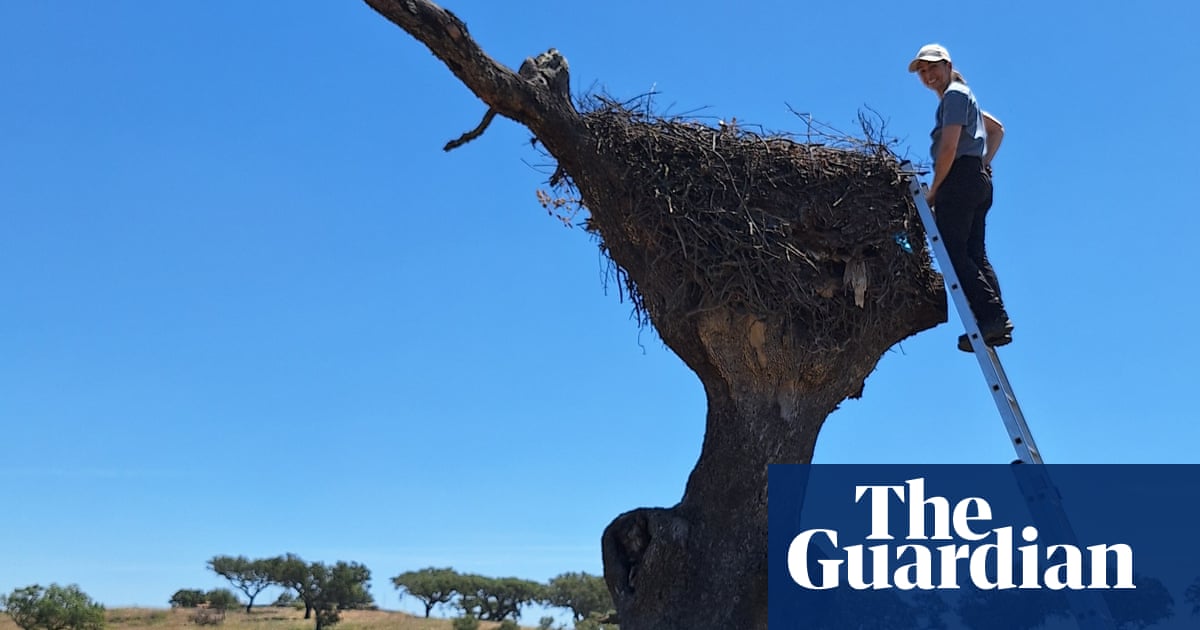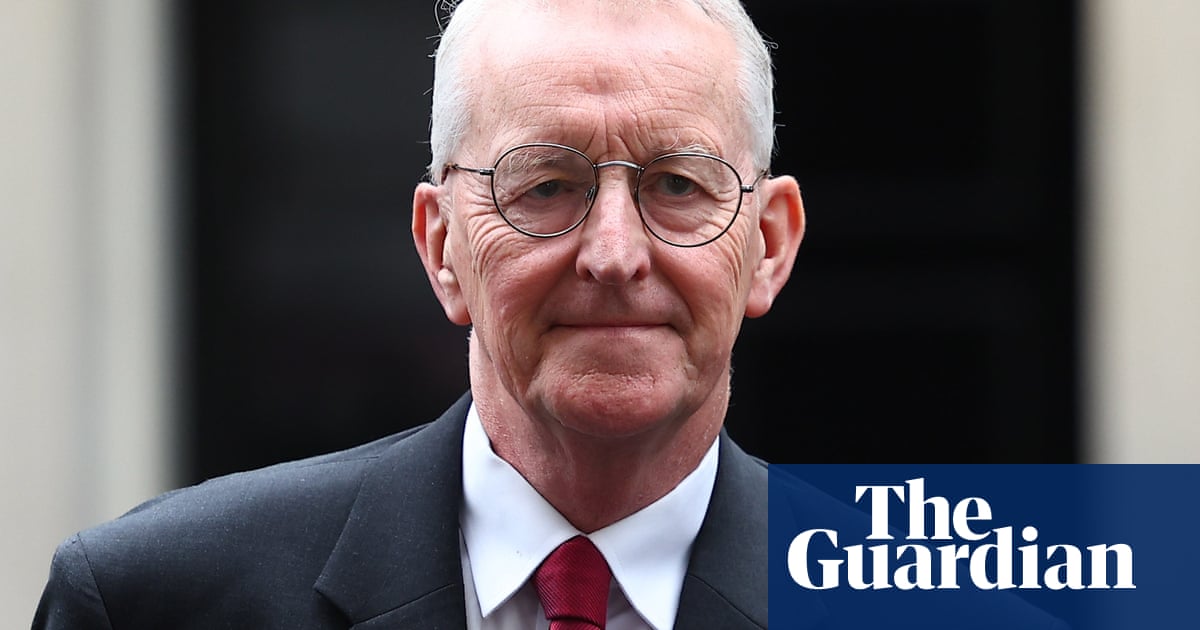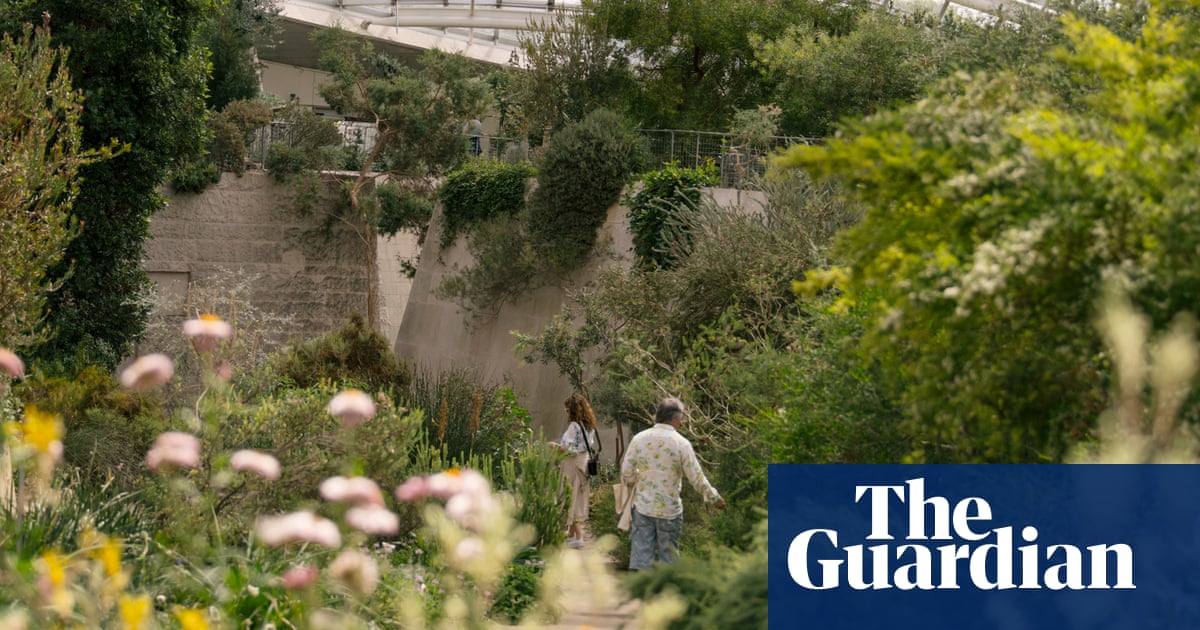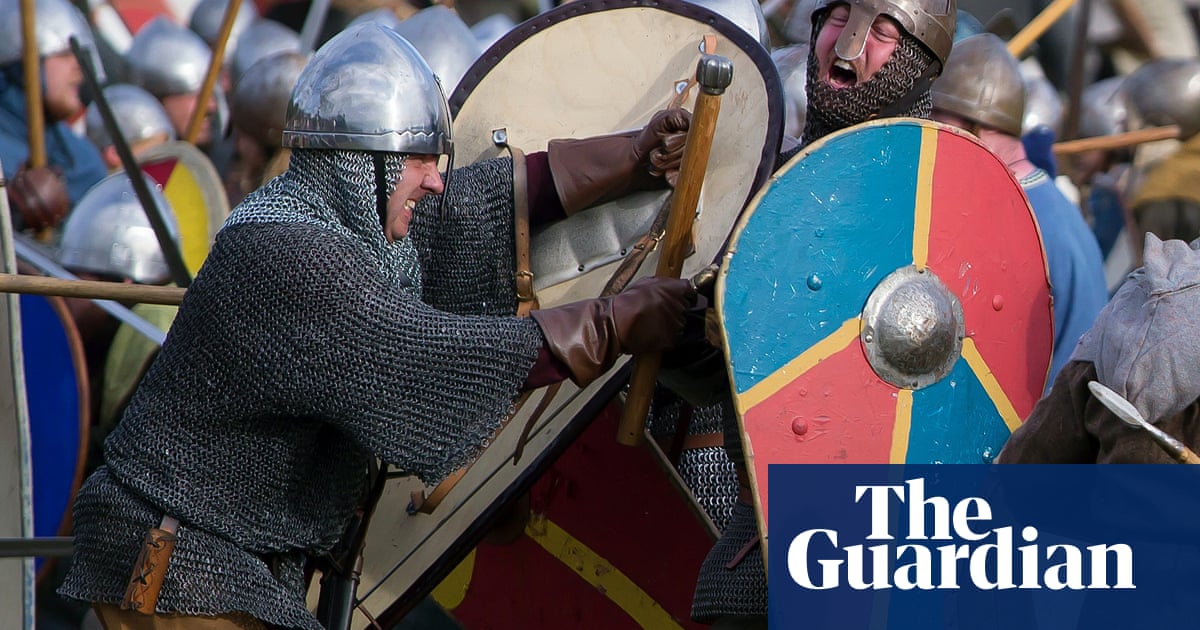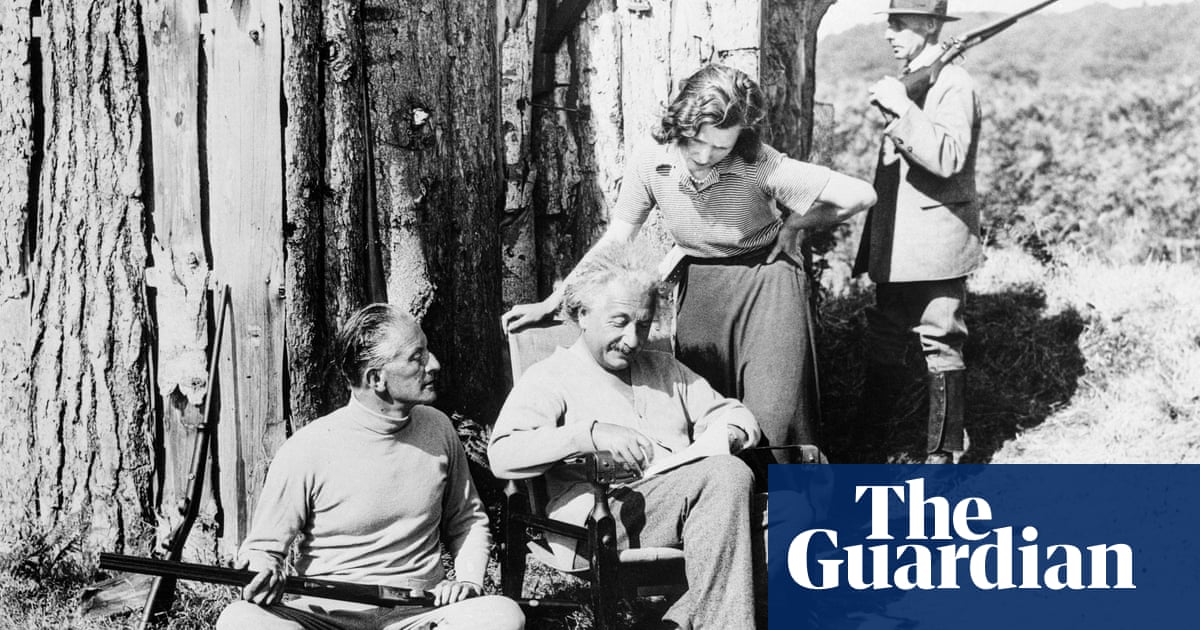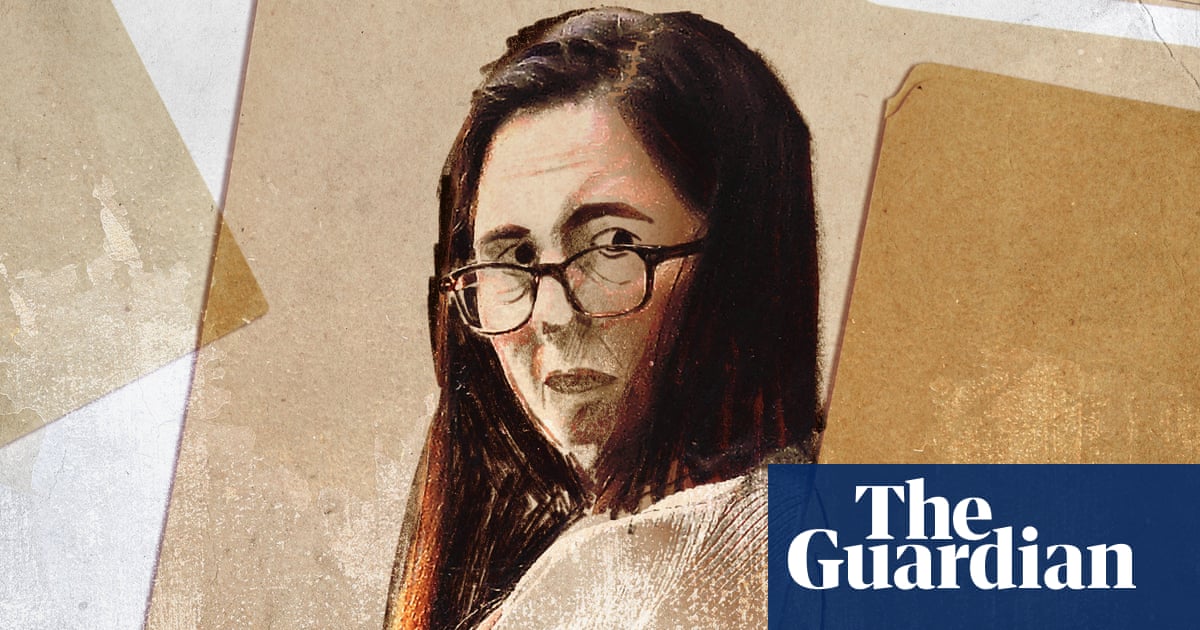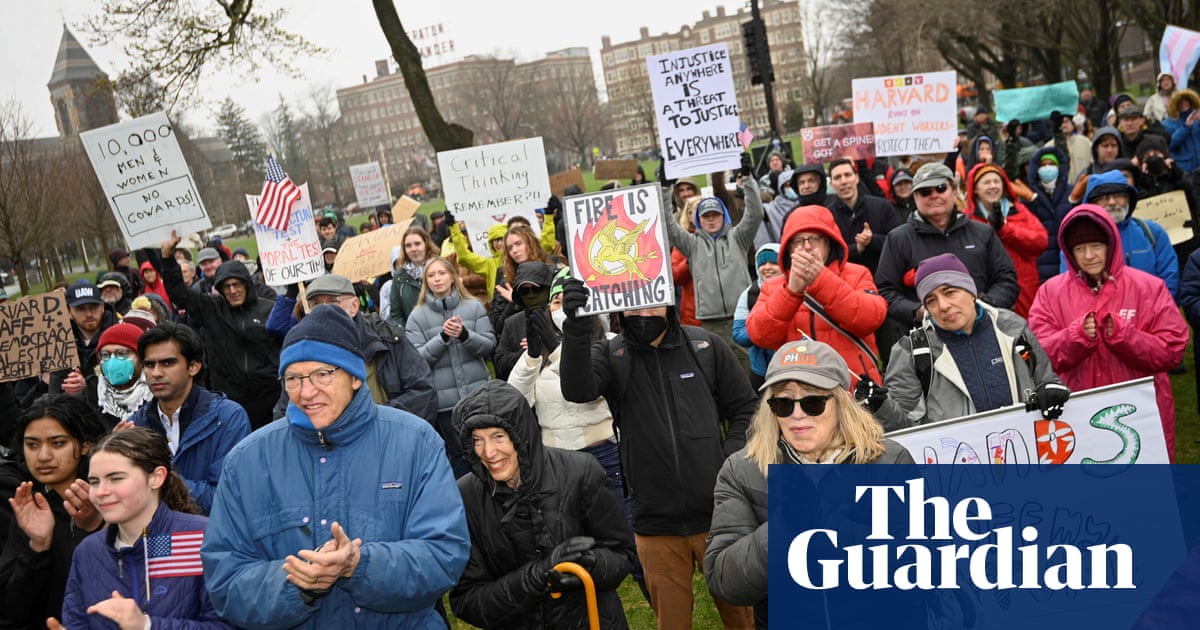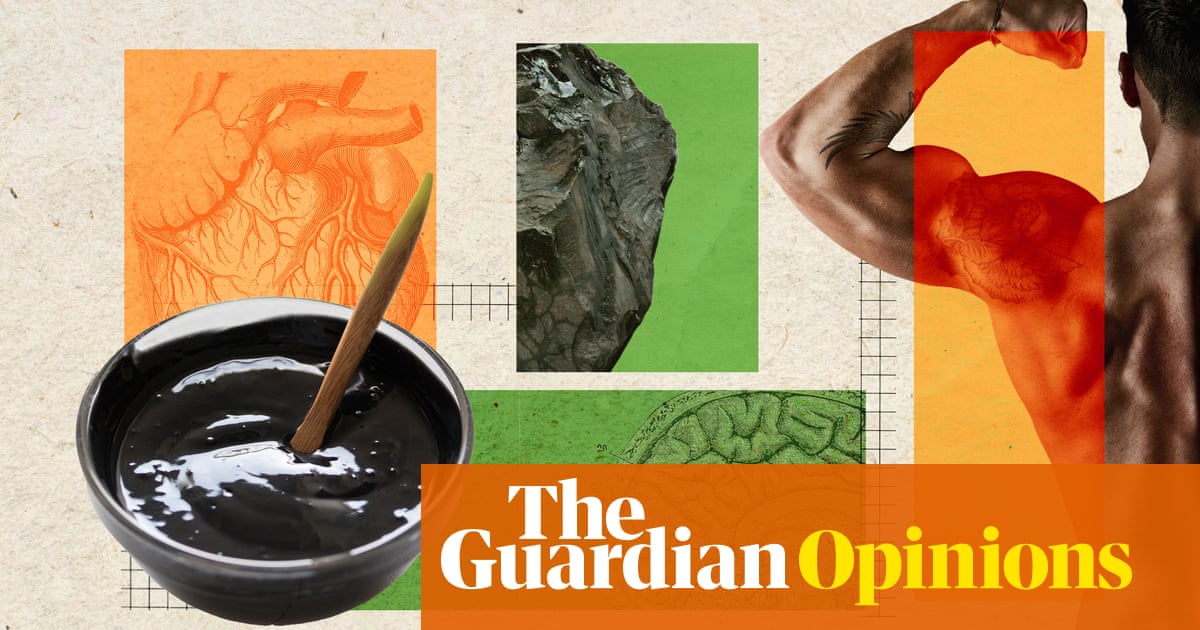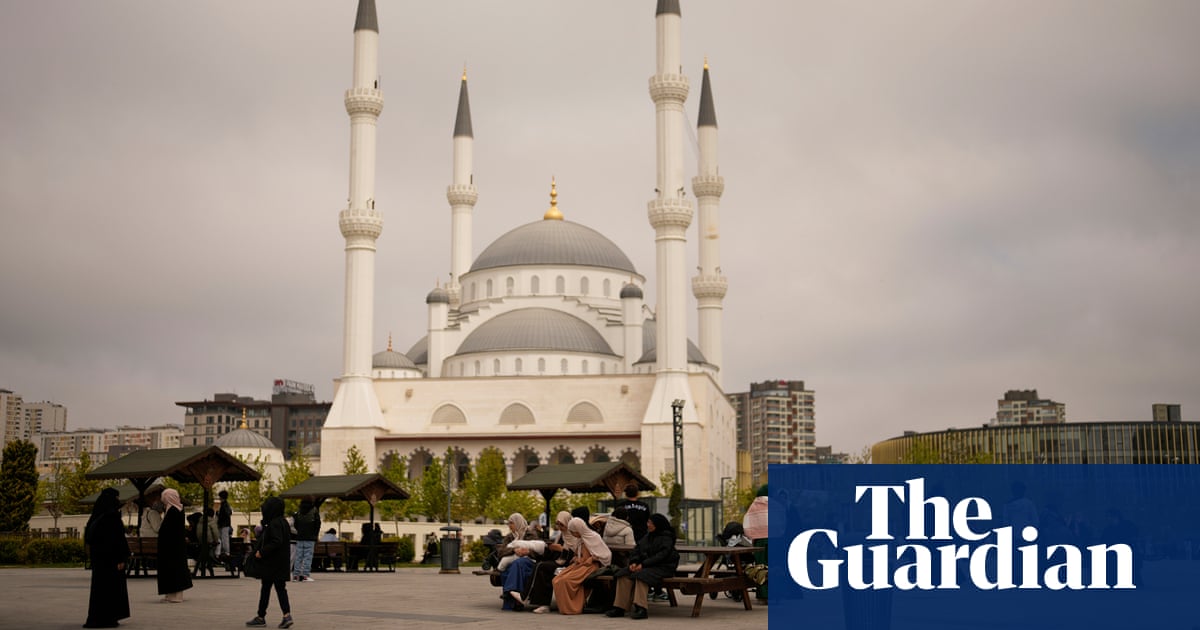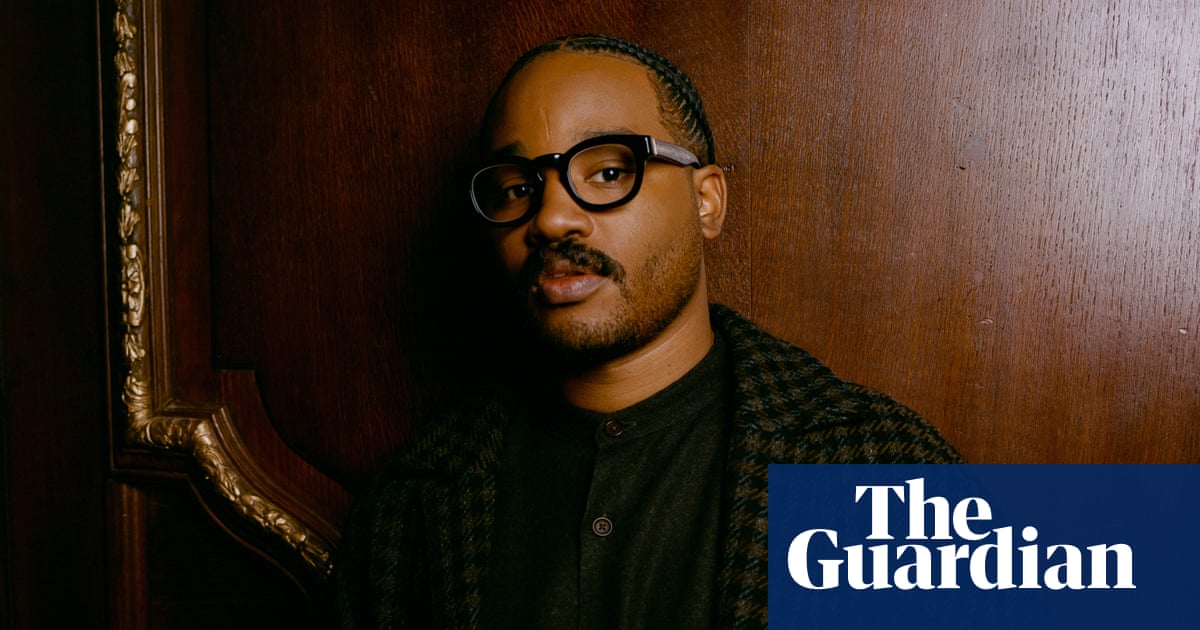A century after Irish nuns first began to bury hundreds of infants in what would become a mass, unmarked grave, archaeologists and other specialists will start excavating the site in Tuam, County Galway.
A mechanical digger is to slowly start scraping earth on Monday at the 5,000-sq-metre (53,820 sq ft) site where the Bon Secours order is believed have interred 796 infants who died at the St Mary’s mother and baby home between 1925 and 1961.
The operation, which is expected to last two years, marks a new stage in Ireland’s reckoning with the abuse and neglect of children in religious and state-run institutions, especially those who bore the stigma of being born out of wedlock. Their treatment has been called a stain on the nation’s conscience.
At St Mary’s in Tuam, a so-called mother and baby home where young women and girls were sent to give birth, some infants were buried in a disused subterranean septic tank.
There were no burial records and the deaths were ignored until a decade ago when Catherine Corless, a local historian, uncovered death certificates for 796 infants. This led to a judicial commission, a state apology and a promise to excavate the site.
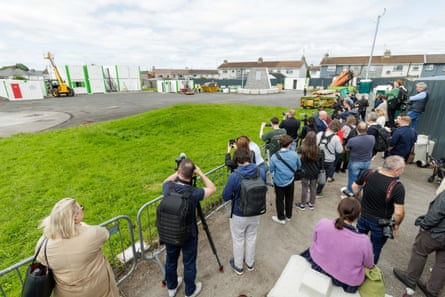
“I’m very, very relieved to know it’s happening at last,” said Corless. “It was a very long haul. It’s a bit overwhelming. I’ve been so long waiting for it. It’s a joy for me and for the families that are waiting in hope that they will find their own little relative.”
Much of the excavation site – which is in the middle of a housing estate – has been sealed off and the office of the director for authorised intervention in Tuam (Odait) group has done preparatory work.
The 18-strong team, which includes archaeologists, anthropologists and other forensic experts from Ireland, the UK, Australia, Colombia, Spain and the US, is led by Daniel MacSweeney, a former International Committee of the Red Cross envoy.
The operation aims to recover all the human remains, attempt to identify them, return them to their families and rebury them with dignity. The size and location of the site, water filtration and the co-mingling of remains, plus the proximity of other remains from the 19th-century famine and workhouse eras, made the operation highly complex, said MacSweeney.
“All these together really compound the challenge,” he said. “This is a recovery to a forensic standard, so it’s like a police investigation scene. Our team includes people with expertise in crime scene management. The legislation requires us to call the coroner or the Gardaí [police] if we find evidence of unnatural death.”

The digger, which has a special bucket without teeth, would work slowly and pause when archaeologists saw something of interest, said MacSweeney. The team has offices and a laboratory on site that can do preliminary analysis before sending material to a bigger lab. Some relatives of the dead children have provided DNA samples.
after newsletter promotion
The Bon Secours nuns ran their institution with sanction by the Irish state, which overlooked deprivation, misogyny and high infant mortality rates. The Tuam home closed in 1961 and was demolished; a housing estate was built on the site.
In 1975 two boys foraging for apples stumbled across human bones in the abandoned septic tank. Authorities took no action until Corless, a former textile factory secretary with an interest in local history, published research that was picked up by local and then national and international media in 2014.
The actor Liam Neeson is co-producing a feature film that is to begin filming in Galway later this year.
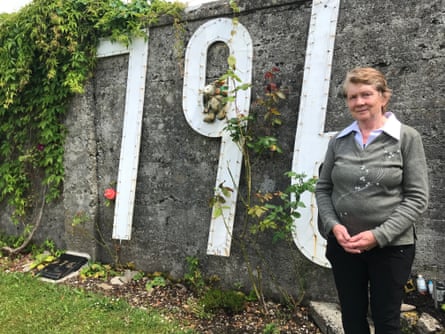
Corless said she hoped the remains, which are about 2 metres below the surface, would be identified and pieced together. “So many little bones are commingled because water got in. Hopefully they’ll be able to match them.”
She has passed her records to the excavation team. “They’re top experts in their fields and are just as emotional about the whole thing as I am. They really want to get to the bottom of this.”

 4 hours ago
2
4 hours ago
2
